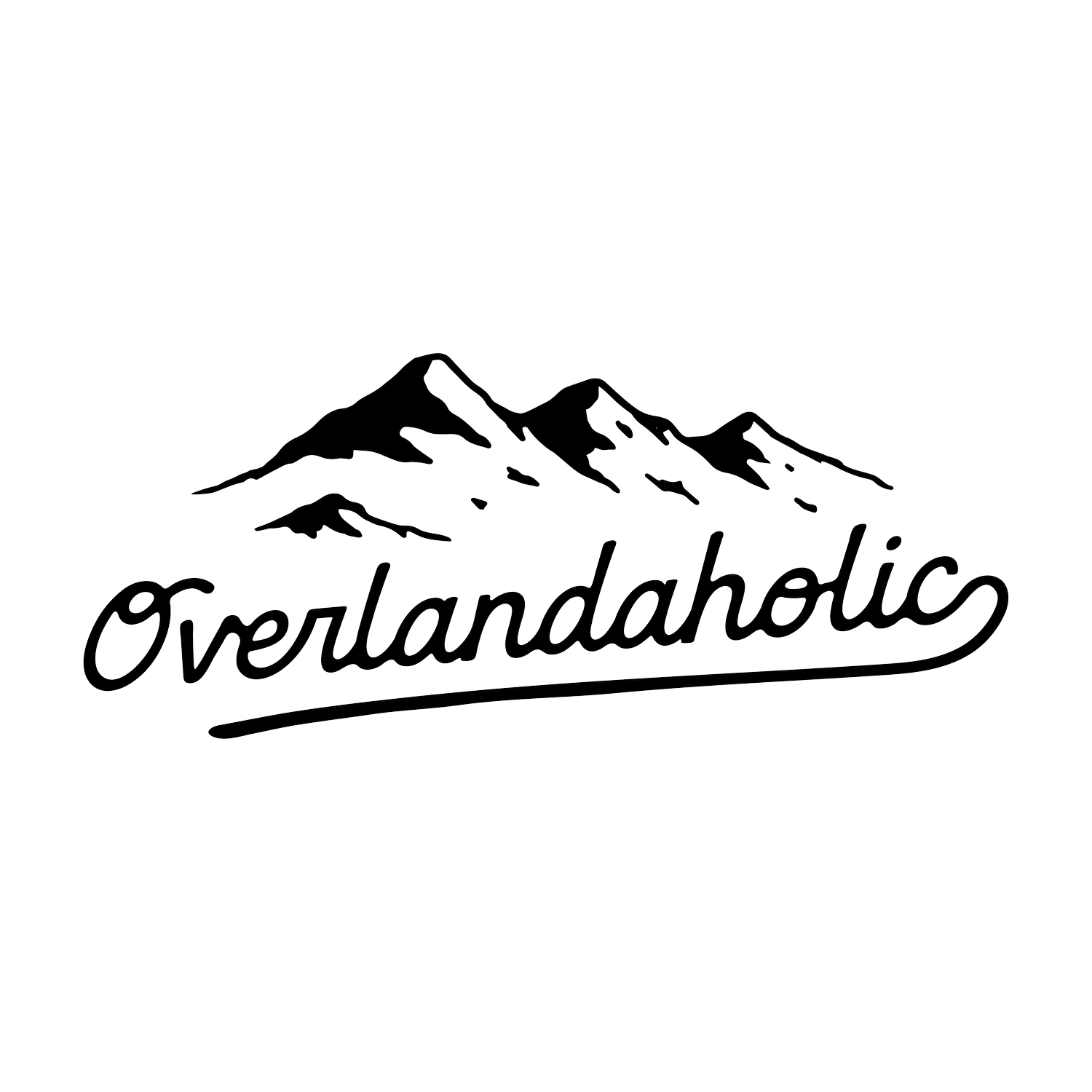Daily Driving Your Overland Rig
Overlanding is a great way to satisfy your tastes for adventure and building out an awesome overlanding rig. While we would all love to travel full time, the reality is most of us still have to go to our day jobs and require a reliable vehicle to get us there. Unlike having a stock commuter car, overland vehicles are heavy, big, full of gear, and require more maintenance than normal. I daily drive my Tacoma and here are some of the things to take into consideration when planning to modify your daily driver to be a full-blown adventure rig.
Miles Per Gallon, or Smiles Per Gallon
Overland rigs, especially trucks and suvs, don’t usually get the best gas mileage off the lot, but on top of that almost every modification you make will weigh down your vehicle and lower your gas mileage. While driving around town in a fully built overland rig can get a ton of looks and make you feel on top of the world, its definitely something to consider and plan around spending more money on gas if it’s your only vehicle.
Offroad Protection = On Road Protection
The modifications we make to our rigs such as bumpers and skid plates do a very good job at protecting our vehicles off-road, but they also provide a lot of protection while driving around town. An aftermarket metal bumper can be the difference between a totaled vehicle and just having to fork out some cash to replace/fix your bumper. Although the added protection is great, you also have to take into consideration that while your vehicle is protected, it can cause a lot of damage to other vehicles on the road. Be courteous of other drivers and take into consideration things like your vehicles weight and how you need to hit the breaks before a normal car would.
Keeping up with Maintenance
While overlanding is generally considered lighter than hard core off-roading or rock crawling, it can still increase the wear and tear on your rig. If you daily drive your vehicle, you will want to keep up with the maintenance so that you can still make it to work the next day. Some of the basic things to consider is your vehicles fluids, belts, driveline, and tires (including lug nuts).
Keeping your gear secured
Building an overland vehicle is expensive, and if you’re driving around town it will definitely stand out to some people that are up to no good. Taking some extra time to lock down your gear can save you a massive headache and keep your money in your pockets.
Don’t go crazy on your build
While you may see a ton of builds all over Instagram that are built out with full long travel suspension, fiberglass fenders, giant tires, and more, you don’t really need these if your main goal is to just have a rig capable of a few weekend adventures. Unless you are building your vehicle for something very specific, save yourself some money and really consider the things that you need to go overlanding. Something else to take into consideration if you really want to build out your vehicle fully, is to cut back on your build budget and buy a cheap reliable car. Having a second car, no matter how cheap/old it is, will elevate a lot of stress about having to have your rig ready to go at any given moment.

